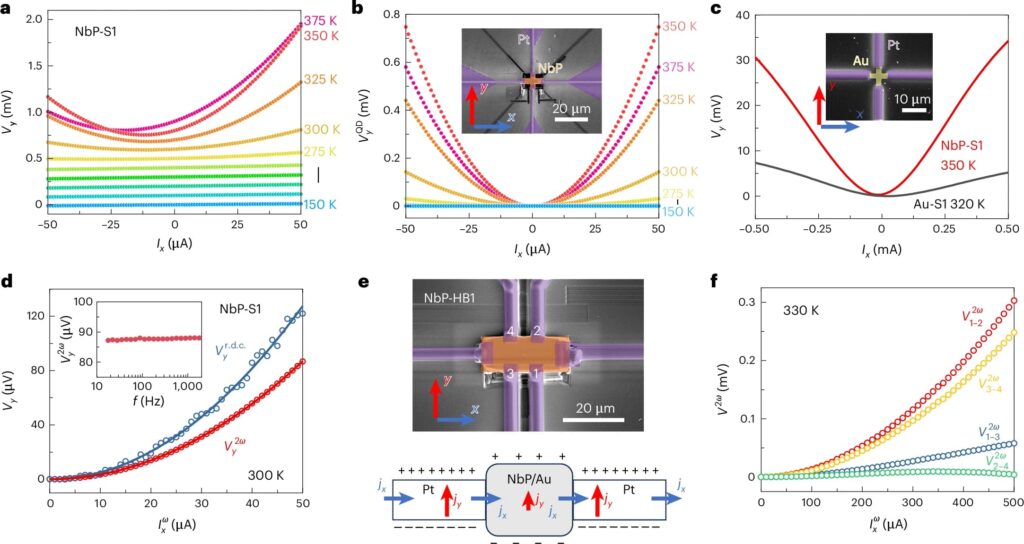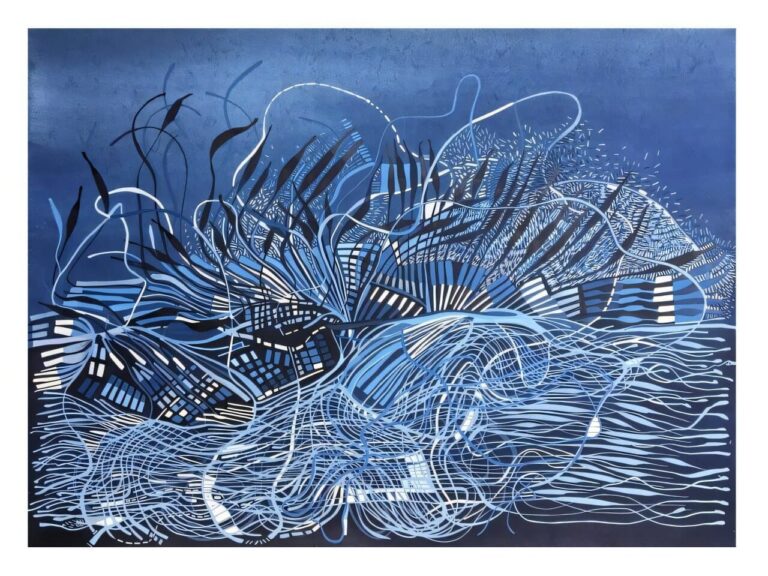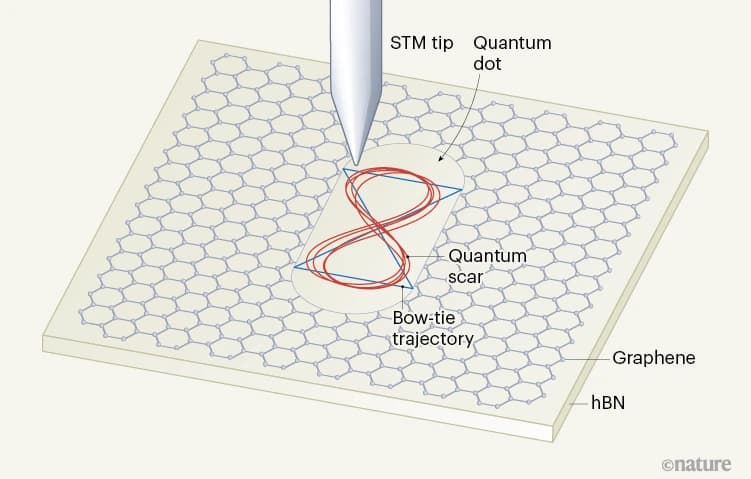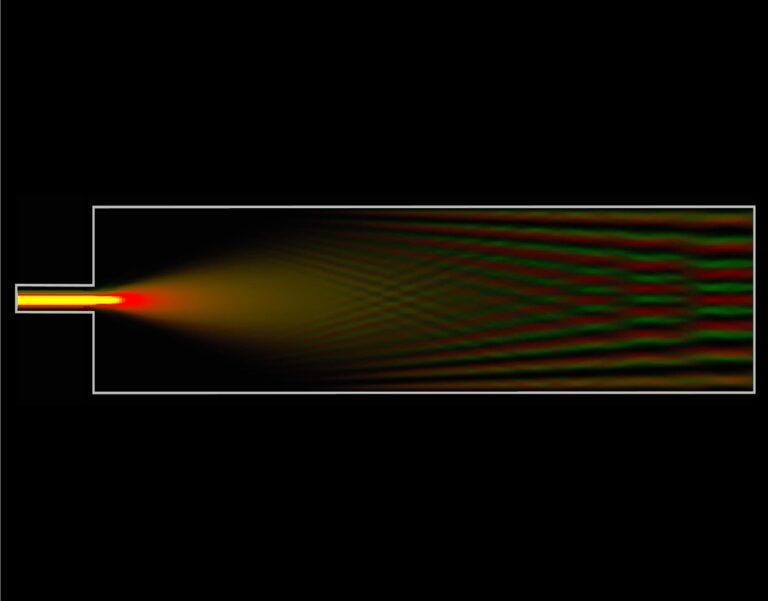Breakthrough Discovery of Nonreciprocal Hall Effect at Room Temperature Could Revolutionize Quantum Technology
A well-known phenomenon called the Hall effect has recently shown new behaviors, as discovered by researchers from Penn State and MIT. Their findings, published in Nature Materials, could help us better understand quantum materials and lead to advancements in technologies like quantum communication and energy harvesting through radio waves.

Image Credits: Nature Materials
Typically, the Hall effect occurs in conductors or semiconductors when exposed to a magnetic field, producing a voltage (the Hall voltage) perpendicular to the current flow. This voltage is directly related to the applied current.
However, the newly discovered “nonreciprocal Hall effect” doesn’t need a magnetic field. Led by Zhiqiang Mao from Penn State and Liang Fu from MIT, the research found that in this case, the Hall voltage is proportional to the square of the current. This effect was observed in microstructures made of platinum nanoparticles on silicon.
Unlike the usual Hall effect, which depends on magnetic forces, this nonreciprocal version arises from interactions between moving electrons and the textured platinum nanoparticles. Mao explained that the asymmetrical scattering of electrons in these nanoparticles allowed them to observe the effect at room temperature, a first in such studies. This opens the door to potential applications in broadband frequency mixing, microwave detection, and even terahertz communication and imaging.
The discovery also challenges Ohm’s law, which typically links current and voltage in a straightforward way. In this new phenomenon, a Hall voltage appears even without a magnetic field, breaking the traditional expectations of how electrical currents behave.
The study’s room-temperature results are particularly exciting since similar effects usually only appear at extremely low temperatures. This discovery could lead to innovations in areas like quantum rectification (converting AC to DC) and photodetection (turning light into electrical signals). According to Mao, this breakthrough in understanding electron behavior in asymmetric materials could reveal more about how charge moves in different environments.






